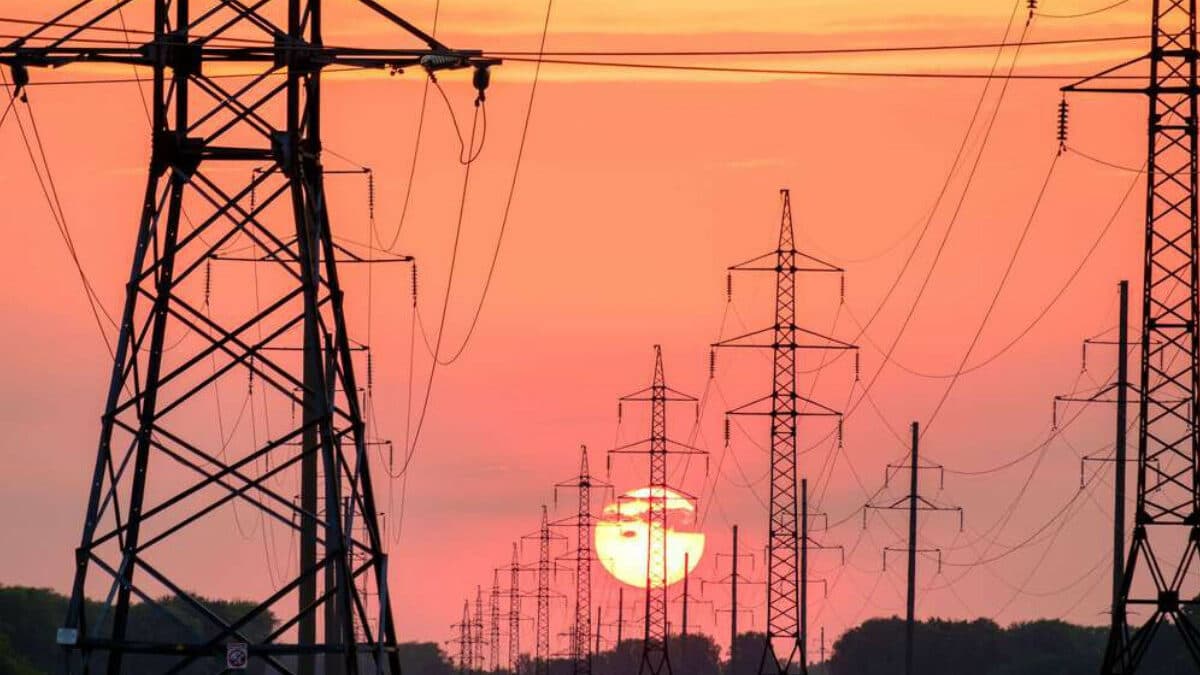Australia is racing to hit its 43% emissions reduction target by 2030, with projections indicating a 42% reduction is within reach.
To accelerate progress, the government is investing in regulatory changes, improving access to clean energy, and exploring large-scale renewable options like wind, solar, hydro, geothermal, and bioenergy. Currently, 35% of the country’s electricity comes from renewable sources.
Looking ahead to 2025 and 2026, David Green, CEO and Co-founder of Green.com.au, one of Australia’s fastest-growing renewable energy providers, has identified five key trends that are set to shape the nation’s energy landscape:
Stricter energy efficiency standards for rentals nationwide
Victoria has proposed minimum energy efficiency standards for rental properties, set to take effect by October 2025. These standards would require landlords to install insulation, energy-efficient appliances, and other upgrades. Green.com.au’s research found that 81% of Australians support the move, and 61% back the idea of extending these standards across all states and territories.
Large-scale wind power projects to hit new milestones
Wind energy in Australia is poised for exponential growth, with several major projects due for completion. The government has already granted 12 feasibility licences for offshore wind zones, marking significant progress in integrating wind energy into the grid. In the next two years, further developments in these projects will bring cleaner energy and create thousands of jobs.
Rooftop solar boom continues
Rooftop solar is expected to grow rapidly, with 2 in 3 households willing to invest up to $10,000 in solar and battery systems due to rising energy bills. Rooftop solar already accounts for 11.3% of Australia’s electricity, and a record number of battery storage systems were installed in 2023. This trend is likely to accelerate as energy prices remain a top concern for many households.
Hydrogen industry set for expansion
Australia is moving closer to establishing a significant hydrogen industry. The government’s $2 billion Hydrogen Headstart program is supporting large-scale renewable hydrogen projects, positioning the country to become a global leader in this emerging sector. Continued investment in 2025 and 2026 will help solidify Australia’s role in the renewable hydrogen market.
Nuclear Power Debate Intensifies
With a federal election looming in 2025, the debate over nuclear energy is set to ramp up. Opposition leader Peter Dutton has proposed building nuclear power plants at former coal power station sites. If the Coalition wins the next election, nuclear power could become a focal point in Australia’s strategy to reduce emissions.
Keep up to date with our stories on LinkedIn, Twitter, Facebook and Instagram.

